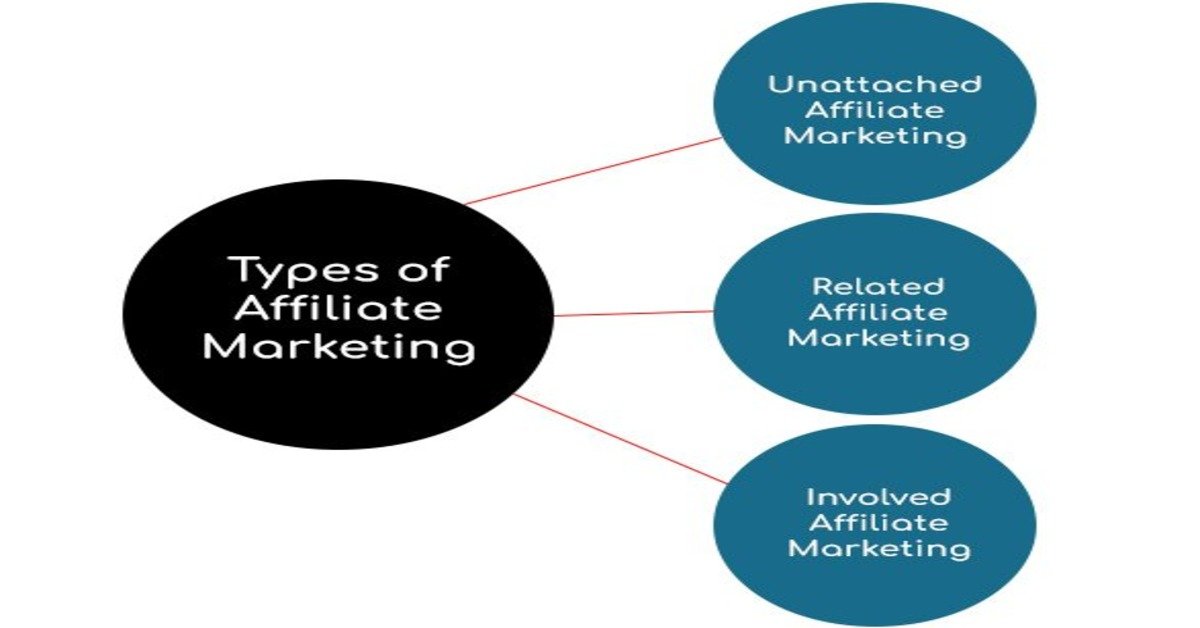Running paid ads for affiliate products can seem like a fast-track to earning commissions, but if you’ve tried promoting affiliate links using Google Ads, chances are you’ve encountered the dreaded disapproval message. So, why does Google Ads often reject affiliate product ads? And more importantly, how can you avoid this problem?
Let’s break it down.
Why Google Ads Disapproves Affiliate Product Ads
Google is strict about maintaining a high-quality user experience. Here are the main reasons your affiliate ads may not be approved:
1. Bridge Page Violation
Google doesn’t allow “bridge pages” — pages that exist solely to send traffic elsewhere without adding significant value. If your landing page is just a redirect to an affiliate product, it will get flagged.
2. Lack of Original Content
Affiliate pages with copied product descriptions or generic sales pitches often get disapproved. Google wants to see unique, helpful content tailored to the user’s intent.
3. Misleading Claims
If your ad or landing page makes unrealistic promises like “make $1,000 a day guaranteed,” it’s going to be flagged for misrepresentation.
4. Insufficient Contact Information or Disclosures
Google requires transparent business information. Not including contact info, privacy policies, or affiliate disclosures may result in disapproval.
5. Thin Landing Pages
Landing pages that lack helpful navigation, content, or trustworthy signals (like HTTPS or branding) are considered “thin” and low quality.
How to Avoid Disapproval & Run Successful Affiliate Ads
Here are some tried-and-true strategies:
✅ Create Value-Driven Content
Don’t just direct users to an affiliate offer. Create blog posts, comparison guides, reviews, or tutorials that genuinely help users solve a problem.
✅ Use a Custom Landing Page
Avoid direct linking. Instead, build your own landing page with engaging content, call-to-actions, and clear affiliate disclosures.
✅ Follow Google’s Ad Policies
Before submitting ads, read and comply with Google Ads Policies. Ensure your landing page meets Google’s quality and transparency standards.
✅ Add Legal Pages
Include a privacy policy, terms of use, disclaimers, and an “About” page to improve credibility and compliance.
✅ Use Proper Ad Copy
Avoid misleading headlines and exaggerated claims. Focus on solving user problems or offering benefits without sounding spammy.
✅ Build a Brand
Having a professional-looking website, social proof, and branding elements increases trust and decreases the chance of rejection.
Final Thoughts
Affiliate marketing through Google Ads is definitely possible, but it requires a thoughtful and policy-compliant approach. Focus on delivering value, maintaining transparency, and building trust through your content and landing pages. By avoiding common pitfalls and aligning with Google’s policies, you can promote affiliate products effectively — and profitably.






